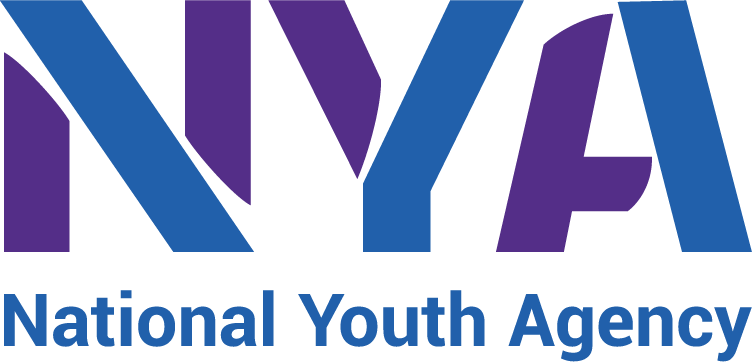by Xyna Prasad, National Safeguarding and Risk Lead
Social Workers, Police and Health quite rightly carry a responsibility for children and young people at risk of harm. What has been less valued in recent years is the involvement of youth workers in developing effective safeguarding interventions to bring about better outcomes.
The publication of the revised Working Together to Safeguard Children guidance by the Department on Education, December 2023, was a pivotal moment in the elevation of the status of youth workers.
Youth workers now feature more prominently in the guidance with specific responsibilities and duties. Youth workers are now cited as key partners within various multi-agency contexts. Their noted responsibilities include:
- Understanding and navigating the referral process to submit referrals to the social care team (page 57)
- Providing support in child assessments through their comprehensive knowledge of the child, family, and their circumstances (page 61 and 86)
- Contributing valuable context and understanding in cases where a child is experiencing harm outside the home (page 86, 69 and page 123)
- Participation as essential practitioners in strategy discussions whenever they possess pertinent knowledge about the child or children under consideration (page 59, 86 and 123)
There is a plethora of evidence showing that youth workers are well placed at understanding community and individual safeguarding circumstances that can inform multi-agency action plans. The relational approach youth work uses means that youth workers develop trusting relationships with young people in their own context, often including their families and their community. Put simply, because they engage with young people from their perspective and on their own terms they can often uncover risk or harm more quickly. They are privileged witnesses to young people’s lives and apply contextual safeguarding approaches within their work.
So, what can youth workers do to capitalise on this clearer mandate?
1. Build relationships with Local Authorities and Social Care
Broker relationships with your local authority children’s services team, access any appropriate training and share any concerns. Explore opportunities to join any strategy discussions, child protection conferences and core groups. Make sure you are able to access the relevant training that Local Authorities offer in line with your roles and responsibilities- enhancing the understanding of risks and needs in the area.
2. Increase your visibility
Map key stakeholders in your local area and ensure that decision makers in local authorities, social care, the police, health, and education understand the reach and impact of your work. Offer to support assessments, at-risk meetings and strategy discussions.
3. Review your organisation’s safeguarding policies and procedures
Provide staff with training on how to implement the Working Together guidance and opportunities to discuss in team and supervision meetings. Access NYA’s Safeguarding Hub for useful resources use the Safeguarding Standards to promote a culture of safeguarding.
Make sure you are having appropriate safeguarding supervision to support decision making for the young people you work with, ensuring the very best outcomes for them.
Ensure that all staff and volunteers that are eligible to do so have joined the Youth Work Register.
4. Help build the evidence base for investment in the youth sector
Complete your National Youth Sector Census return on Youth Work One to help build the case for investment for national policy makers and ensure you are searchable on the Census map.
Whilst the updated Working Together to Safeguard Children is a positive step in professional recognition of youth work, the sector needs to assert its professional status in order for them to be invited to join multi-disciplinary teams as a matter of course.
Find out more about the implications of the guidance by joining our Working Together webinar, delivered in association with the Department of Education on the 6th of June 2024 at 11am. For more information and to reserve your place, click below.
Suggested pre –reading
Children Act 1989 (legislation.gov.uk)
Working together to safeguard children – GOV.UK (www.gov.uk)

